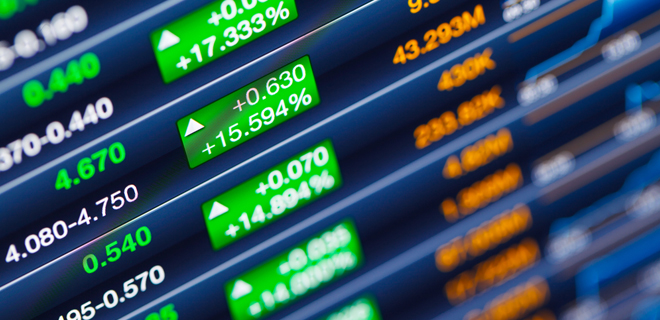Buyback syndrome
The TCS buyback can change the way buybacks are seen and perceived by investors and the markets

Within hours of TCS making the announcement that it would buy back shares worth Rs 16,000 crore at a fixed price of Rs 2,850 each, the stock price has surged. Naturally, the price is a little over 18 per cent premium over its share price ahead of the announcement. The stock market has reacted with early ecstasy and everyone with investments in TCS is looking at this move as a windfall opportunity. Yes, this is by far India’s first and largest buyback offer of this scale and magnitude.
The classic buyback candidate is a cash-rich company operating a mature business with low growth rates. TCS is not a low growth business and is very mature a business. Most often a buyback is a win-win situation for investors, if they take the offer – they get the surplus cash immediately. If they ignore, the long-term returns may rise, but they will need to wait for it. For a regularly dividend paying company, buyback does not seem to be a very good sign as it somewhat indicates that the company is not clear of what to do with its cash pile.
In case of TCS, between 2010-11 and 2015-16, it has roughly paid out 43 per cent of its profits back to shareholders in the form of a dividend. So, should you as an investor latch on to the buyback? One big reason for buyback is to infuse confidence in the company by the management and the second is to justify sitting on a cash pile which is not being optimally used in a low interest scenario which makes parking this cash less lucrative. The dip in valuation only means that it is cheaper to buy shares, even if it is at a premium for a stable business.
What has changed?
In November last year, activist investor Elliott Management called for change at Cognizant Technology Solutions Corp. The reason – Elliott believed that Cognizant could achieve a value of $80–$90+ per share by the end of 2017, representing upside of 50-69 per cent in just over a year. In a letter to the company, Elliott Management, which owned 4 per cent of Cognizant, detailed how the company could achieve the opportunity. Within days Cognizant approved a plan to return $3.4 billion to shareholders over the next two years through share buybacks and dividend.
To some extent, TCS’s buyback comes in the wake of a decision by Cognizant Technology Solutions. This year, after accounting for capital expenditure, TCS is expected to generate about Rs 24,000 crore in free cash flow. Unless payouts outpace cash generation, its balance sheet will remain bloated. TCS has a cash pile of Rs 43,169 crore, which is nearly 10 per cent of its market capitalization. It is not just TCS, even Infosys sits on a huge cash pile. According to available data, at the end of December 2016, cash and cash equivalents accounted for as high as 43 per cent of TCS’s total assets.
Sell your TCS share?
According to market regulator SEBI, companies are allowed to buy back shares up to 25 per cent of the value of their paid-up capital and free reserves. What this means is that despite the quantum of buyback, only around three out of every 100 shares held by shareholders will be accepted in the tender buyback offer, assuming most investors tender their shares.
Even though buybacks make sense in the case of some companies, companies in the IT space are different and for them buybacks could help in much leaner balance sheets. It would also help them avoid investor activists’ call for dividend payouts and share in profits. There is an opportunity for investors to sell their stakes under a buyback, considering the premium it commands. Do remember that a buyback does not improve business prospects; it only improves earnings. TCS is not a bad investment, the buyback is a good exit strategy worth considering.









